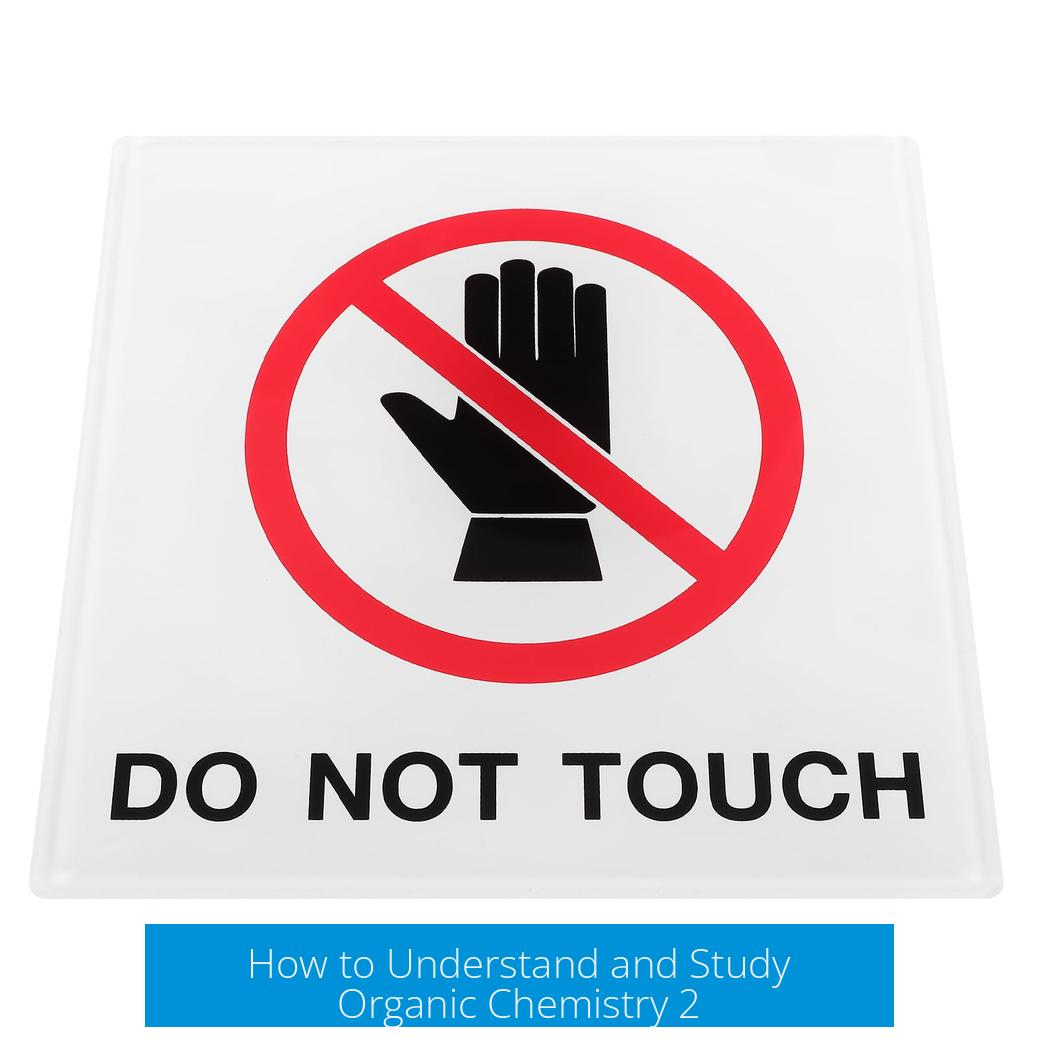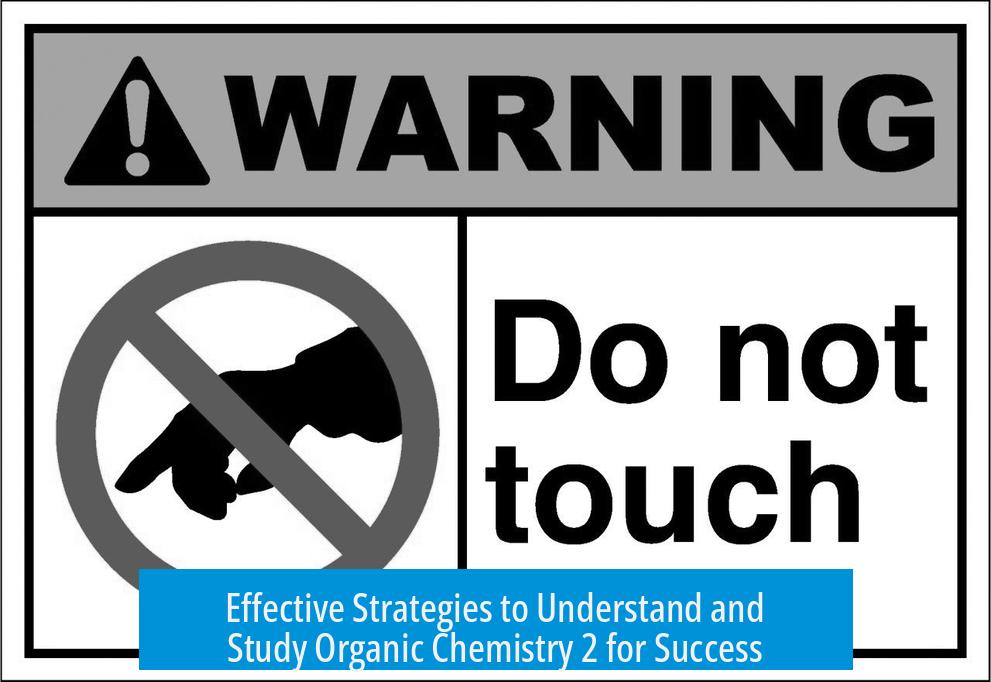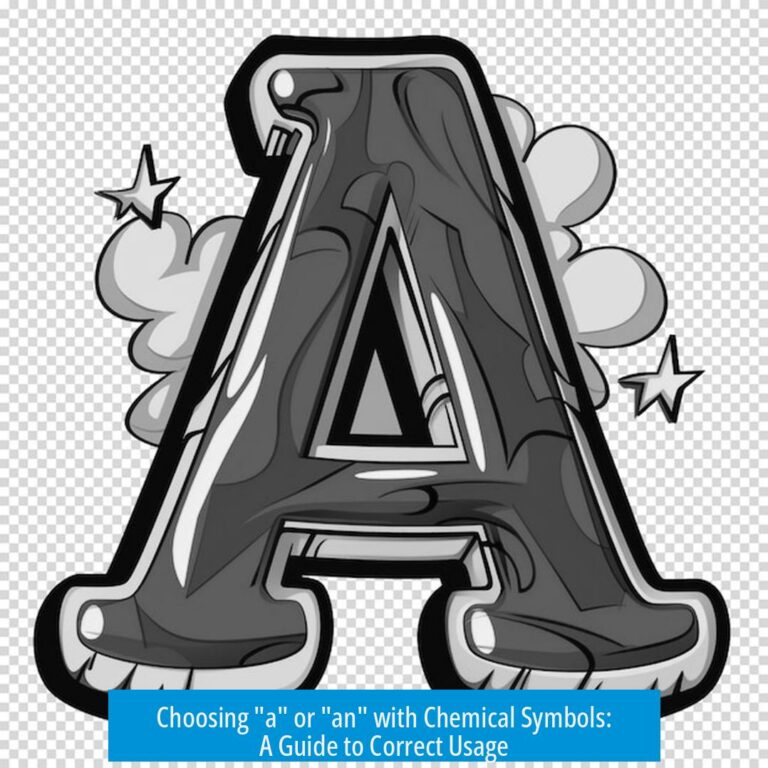How to Understand and Study Organic Chemistry 2

Understanding and studying Organic Chemistry 2 demands a strategic approach combining thorough note-taking, concept mastery, and steady practice. Success comes from daily engagement, focusing on deep understanding rather than memorization. Organic chemistry builds upon foundational concepts introduced earlier, especially in Organic Chemistry 1, requiring mental visualization and active problem-solving.
1. Effective Study Materials and Note-Taking
Start with trusted textbooks, such as Morrison and Boyd’s Organic Chemistry or Clayden’s classic. Use the textbook required for your course as your primary reference. Take detailed notes during lectures using your own shorthand, capturing the professor’s explanations verbatim.
Immediately after class, rewrite these notes clearly and neatly. This helps internalize the material and clarify unclear points. Create visual aids like stencils for benzene rings or functional groups to simplify drawing complex molecules.
If topics remain confusing after reading, highlight these and write down specific questions to discuss with your professor or TA during office hours or before the next class. This active engagement enhances comprehension.
2. Daily Consistent Study and Practice

Commit to studying every day. Spend an hour or more reviewing the text, redrawing mechanisms, and explaining electron movement. Initially, mechanisms may seem puzzling; memorize key pathways and redraw them repeatedly over days until they become logical.
- Draw all electrons explicitly using dots and arrows.
- Focus on electron flow in reactions.
- Practice reactions and mechanisms frequently, avoiding last-minute cramming.
- Use arrow pushing to understand how bonds break and form.
Consistent repetition builds confidence and retention, making complex reactions easier to understand.
3. Prioritize Understanding Concepts, Not Memorization
Organic Chemistry 2 centers on understanding the “why” behind reactions, rather than just memorizing reagents or outcomes. Go back to basics:
- What does each line in a skeletal formula represent?
- What does an arrow signify in a reaction mechanism?
- What defines high or low energy intermediates?
Recognize that organic reactions often involve nucleophiles and electrophiles interacting through frontier molecular orbitals. Grasp Lewis acid-base theory, orbitals, and electron density concepts.
Group reagents by their function or chemical behavior to reduce memorization burden. Understanding first principles helps infer reaction products and mechanisms for unfamiliar compounds.
4. Master Mechanisms and Arrow Pushing
Mechanism mastery is crucial. Independently draw out every electron and use pushing arrows to represent electron flow with precision. This step helps internalize the logic behind reactions.
Over time, as understanding deepens, you can rely on simplified Lewis structures but maintain the mental clarity of electron movements.
- Revisit fundamentals like bonding and acid-base concepts regularly.
- Ask critical questions about electron density and orbital interactions.
- Consult textbooks and resources such as Klein’s Organic Chemistry for detailed bonding explanations.
5. Supplement with Videos, Study Groups, and Additional Books
Use multimedia to reinforce learning. The Organic Chemistry Tutor on YouTube offers clear explanations and demonstrations. Join study groups, either in person or online, to discuss and practice mechanisms collaboratively.
Wide exposure to problems is beneficial. Practice questions from the course textbook and supplementary materials prepare you for exams. Some professors design tests based on popular textbooks or authorized question banks.
Recommended resources:
6. Build on Organic Chemistry 1 Foundations
Organic Chemistry 2 extends the knowledge of key mechanisms from Organic Chemistry 1. It is imperative to be comfortable with:
- SN2, SN1 substitutions
- E1, E2 eliminations
- Basic bonding and acid-base interactions
These form the scaffold for more complex mechanisms covered in the second course. Revisiting these concepts solidifies understanding and facilitates learning advanced topics.
7. Develop Mental Visualization and Spatial Skills
Organic molecules are three-dimensional, not flat. Practice rotating molecules mentally and sketching them from different perspectives. Spatial reasoning enhances comprehension of stereochemistry, reaction intermediates, and mechanisms.
Use molecular models when possible. This kinesthetic approach aids in grasping molecular conformations and reaction pathways.
8. Seek Help Effectively
Attempt to solve problems independently before seeking help. When questions remain, approach professors or teaching assistants with specific queries. Attending office hours prepared with targeted questions leads to meaningful discussions.
Even brief pre-class discussions can clarify difficult concepts. Planning your schedule to include regular support sessions increases learning efficiency.
9. Adopt a Persistent and Patient Mindset
Organic Chemistry 2 is demanding. Invest consistent effort and time, understanding that mastery develops incrementally.
Accept initial frustration as a natural part of the learning process. Discipline and persistence overcome challenges. Stress arises, but sustained effort results in success.
- Do not get discouraged by failures.
- Maintain steady study habits.
- Advocate for yourself by asking questions and reviewing concepts regularly.
Key Takeaways
- Use effective note-taking: Rewrite and clarify lecture notes immediately after class for better retention.
- Practice mechanisms daily: Draw electron movements with arrows to internalize reaction pathways.
- Understand concepts deeply: Focus on nucleophiles, electrophiles, Lewis acid-base theory, and molecular orbitals.
- Build on fundamentals: Master Organic Chemistry 1 topics like substitution and elimination reactions as a base.
- Visualize molecules in 3D: Develop spatial reasoning for stereochemistry and conformational analysis.
- Leverage resources: Use videos, study groups, textbooks, and office hours to clarify doubts.
- Be consistent and persistent: Study daily, be patient, and seek help proactively.
How can I improve my note-taking for Organic Chemistry 2?
Take notes during lectures in your own shorthand. After class, rewrite them neatly without shorthand. Make diagrams like benzene rings using stencils. Put concepts into your own words to ensure understanding.
What daily study habits help with mastering mechanisms?
Study daily, even an hour a day. Draw all electron movements and reaction mechanisms repeatedly. Practice prevents cramming and builds familiarity over time, making mechanisms clearer after consistent effort.
Should I focus on memorizing or understanding concepts?
Focus on understanding rather than memorizing. Learn what skeletal lines and arrows represent. Follow electrons and relate reactions to Lewis acid-base theory for better grasp of mechanisms.
How do I handle difficult topics I don’t understand after reading?
Highlight tough areas and write questions. Visit your professor or TA early before class for quick help. Prepare specific questions after trying to solve problems yourself.
What resources besides textbooks can aid studying Organic Chemistry 2?
Use videos like The Organic Chemistry Tutor. Join study groups to practice problems and discuss mechanisms. Consider reference books such as Clayden’s and Klein’s to deepen concepts and practice problems.





Leave a Comment